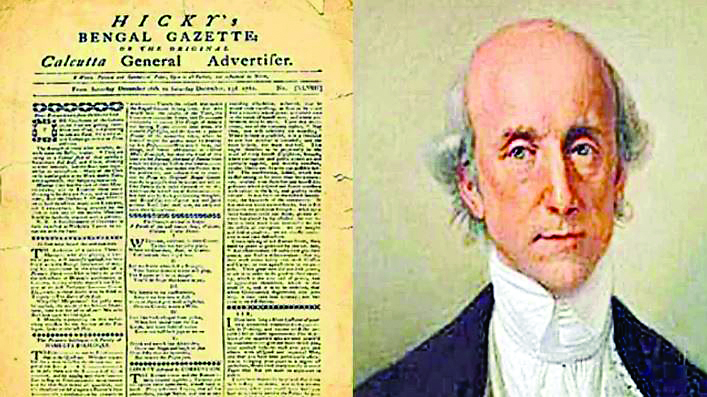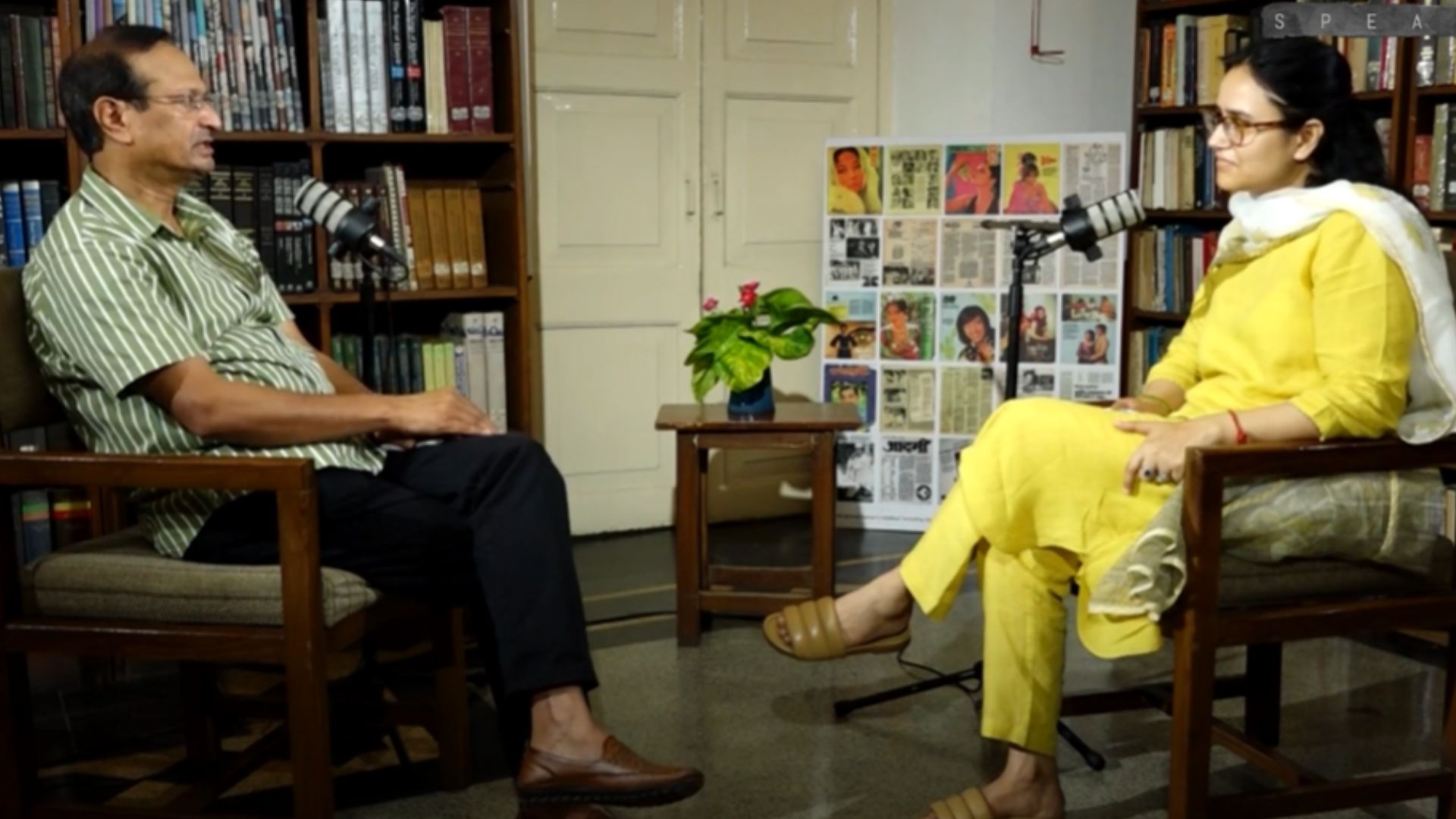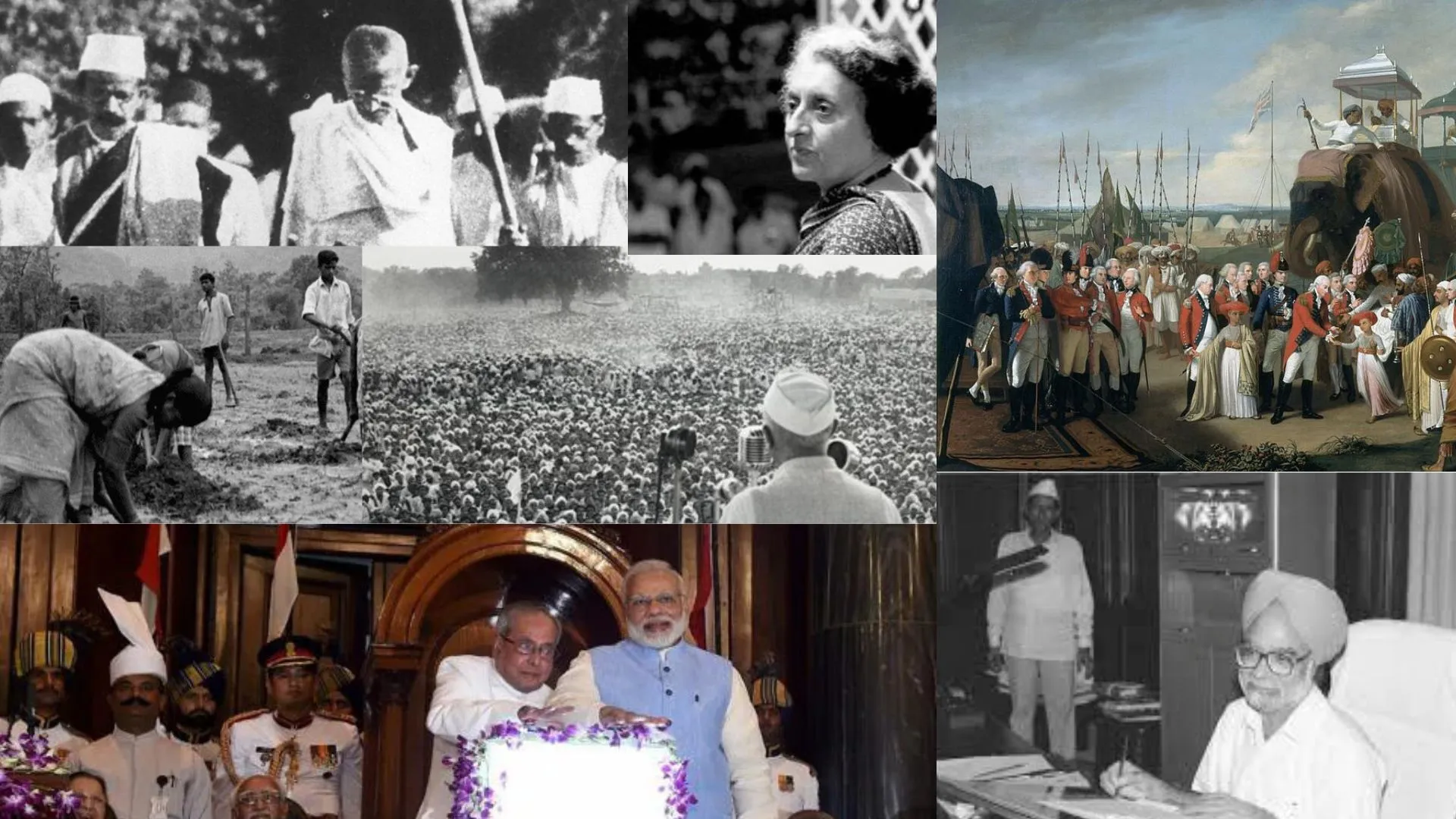Early publishers like James Augustus Hicky, despite facing censorship and persecution, demonstrated the power of the press to challenge authority and ignite public discourse.
The concept of a newspaper has a surprisingly long history, with its roots stretching back to the Roman Empire. The earliest known example is the “Acta Diurna”, a handwritten compilation of government pronouncements, legal notices, and public news posted in the 1st century BC. This government-sanctioned gazette served as a precursor to modern newspapers, informing citizens of important happenings within the Roman world.
The story of newspapers in India offers valuable lessons for navigating the complexities of the digital age. Here, the fight for a free press was intricately linked to the fight for freedom itself. Early publishers like James Augustus Hicky, despite facing censorship and persecution, demonstrated the power of the press to challenge authority and ignite public discourse. This unwavering commitment to truth and accountability serves as a guiding principle for journalists today, even in the face of online manipulation and misinformation.
Centuries later, in 8th century China, the concept of a printed newspaper emerged. Using a revolutionary technique of carving individual characters onto wooden blocks, the Chinese produced the world’s first printed newspaper. This innovation, along with the development of printing ink and paper, paved the way for mass-produced news dissemination. Notably, the Koreans adopted this printing method soon after.
In Europe, however, there was widespread adoption of printing technology, leading to a surge in affordable books and, more significantly for our purposes, the rise of popular newspapers. This democratization of communication empowered a wider public to access information previously restricted to a select few.
In 1690, the seeds of American journalism were sown with the publication of ‘Publick Occurrences Both Foreign and Domestic.’ This short-lived venture, led by the British journalist Benjamin Harris, marked the first attempt at a newspaper in the fledgling American colonies. However, the honor of establishing the first American-run newspaper goes to John Campbell, whose ‘Boston News-Letter’ debuted in 1704. Daily news consumption arrived in America in 1783 with the launch of Pennsylvania’s first daily newspaper
The story continues beyond American shores. Russia’s venture into the realm of newspapers is believed to have commenced in 1703 with the publication of its inaugural journal. The narrative of print journalism in India provides a distinctive perspective. Here, the struggle for a free press became intricately intertwined with the quest for independence, crafting a captivating saga of resilience, innovation, and the perpetual pursuit of free speech. This narrative unfolds against the backdrop of colonialism, showcasing how the printing press became a potent tool in the hands of those fighting for liberty and justice.
A Historical Look at Print Journalism in India
The history of print media in India dates back centuries, closely linked to the nation’s fight for independence and its journey to becoming a democracy. When the first newspapers in India emerged, they provided a platform for debate and information during British rule. Over time, print media played a crucial role in mobilizing the masses, spreading nationalist ideas, and fostering a sense of unity among Indians.
Early Attempts and the Struggles Against Censorship
The first unsuccessful attempt at starting a newspaper in India came in 1776. William Bolts, a former employee of the East India Company, expressed his desire to publish a critical paper but was promptly silenced by the company itself. This incident foreshadowed the long and arduous battle for press freedom that Indian journalists would face.
In 1780, James Augustus Hicky defied the odds and launched “The Bengal Gazette,” also known as the “Calcutta General Advertiser.” This marked the birth of the first successful newspaper in India. Hicky’s publication was groundbreaking in many ways. However, Hicky’s venture was short-lived. His publication was significant not only for being the first newspaper in India but also for its role in shaping public discourse and challenging authority during a time of British colonial rule. His sharp criticism of the then Governor-General, Warren Hastings, and his administration led to his arrest and the eventual closure of the paper in 1782.
The British Raj, wary of the potential for dissent, implemented a series of laws aimed at controlling the press. The Censorship of Press Act of 1799 and the Licensing Regulation Ordinance of 1823 restricted the publication of anything deemed detrimental to the British administration. These measures were met with resistance from influential figures like Raja Ram Mohun Roy, who used his newspaper “Mirat-ul-akhbar” to advocate for press freedom.
The Fight for Freedom and the Rise of Nationalist Voices
A turning point arrived in 1835 with the abolishment of the Licensing Regulation by Governor-General Charles Metcalfe. This ushered in a period of relative press freedom, leading to a surge in the number of newspapers, particularly those published in Indian languages. However, this period of relative freedom was short-lived.
The Sepoy Mutiny of 1857 led to tighter press control, with the introduction of the Licensing Act of 1857.
The late 19th and early 20th centuries saw the rise of the Indian nationalist movement, and newspapers became a powerful tool for its leaders. Iconic publications like “Kesari” by Bal Gangadhar Tilak and “The Indian Opinion” by Mahatma Gandhi emerged as platforms to voice dissent against British rule and advocate for self-governance. These publications, along with many others, faced constant scrutiny and censorship from the British authorities. Acts like the Newspaper (Incitement to Offense) Act of 1908 and the Indian Press Act of 1910 were implemented to curb seditious content.
The history of press regulations in India has seen a series of legislative measures aimed at controlling and managing the dissemination of information through various media. These laws were introduced over different periods, each with a specific purpose and context.
n Press Act or the Metcalfe Act: Named after Charles Metcalfe, this act was more liberal compared to its predecessors. It eased some of the stringent measures imposed by earlier regulations, allowing for greater freedom of the press. Metcalfe is often credited with fostering a more open environment for journalism in India.
n Vernacular Press Act: Enacted in 1878, this act specifically targeted Indian-language newspapers. It was designed to curb the criticism of British policies in the local press, which was increasingly vocal in vernacular languages. The act gave the government the power to confiscate printing presses and stop the publication of offending newspapers.
n Registration Act: This act required all newspapers and publications to be registered with the government. It aimed to keep track of all operating media outlets, ensuring that they adhered to legal requirements and standards set by the authorities.
n Indian Press Act: This comprehensive act consolidated various previous regulations and introduced new measures to control the press. It included provisions for licensing, registration, and censorship, giving the government extensive powers to regulate the media industry.
n Newspaper Act: This act was introduced to regulate the publication and distribution of newspapers. It included provisions for registration, licensing, and compliance with legal standards. The act aimed to ensure that newspapers operated within the framework of the law and maintained certain ethical and professional standards.
These legislative measures reflect the evolving relationship between the press and the government in India. While some acts aimed to provide more freedom to the press, others were designed to impose stricter control. The balance between freedom of expression and government regulation has always been a complex and contentious issue in the history of Indian journalism.
The Press After Independence and the Challenges of a New Era
India’s independence in 1947 marked a new chapter for print journalism. The landscape of the press underwent significant changes, reflecting the evolving political, social, and economic realities of the newly formed nation. Established English dailies like “The Times of India” and “The Hindustan Times” continued to be prominent voices, while regional language newspapers like “Anandabazar Patrika” (Bengali) and “Eenadu” (Telugu) catered to the diverse linguistic needs of the population.
The 1950s and 1960s saw the rise of the vernacular press. With increasing literacy rates, newspapers in regional languages witnessed a surge in readership. The government also played a role in shaping the media landscape through the establishment of the Press Trust of India (PTI) in 1947, a national news agency that provided news coverage across the country.
The introduction of offset printing technology in the 1970s further revolutionized the industry, allowing for faster printing and wider circulation of newspapers. However, the latter half of the 20th century also saw the emergence of new challenges. The Press Commission Reports of 1954, 1962, and 1977 aimed to regulate the press and maintain journalistic standards, while also attempting to balance freedom of expression with social responsibility.
The Past Informs the Digital Future
The historical tension between press freedom and government control offers a cautionary tale for the digital age. While social media platforms have democratized information sharing, they have also become breeding grounds for fake news and echo chambers. Newspapers, with their commitment to fact-checking and editorial oversight, can serve as a vital source of credible information in this new landscape.
Furthermore, the rise of the vernacular press in India highlights the importance of catering to diverse audiences. In the digital age, this translates to the need for news outlets to be accessible in multiple languages and formats, reaching a wider audience and fostering a more inclusive information ecosystem.
The story of Indian newspapers is ultimately a testament to the enduring power of journalism. As we navigate the ever-evolving digital landscape, the lessons learned from the past – the fight for press freedom, the importance of fact-checking, and the need for inclusivity – become even more critical. By upholding these core principles, journalists can continue to play a vital role in informing and empowering citizens in a world saturated with information.























